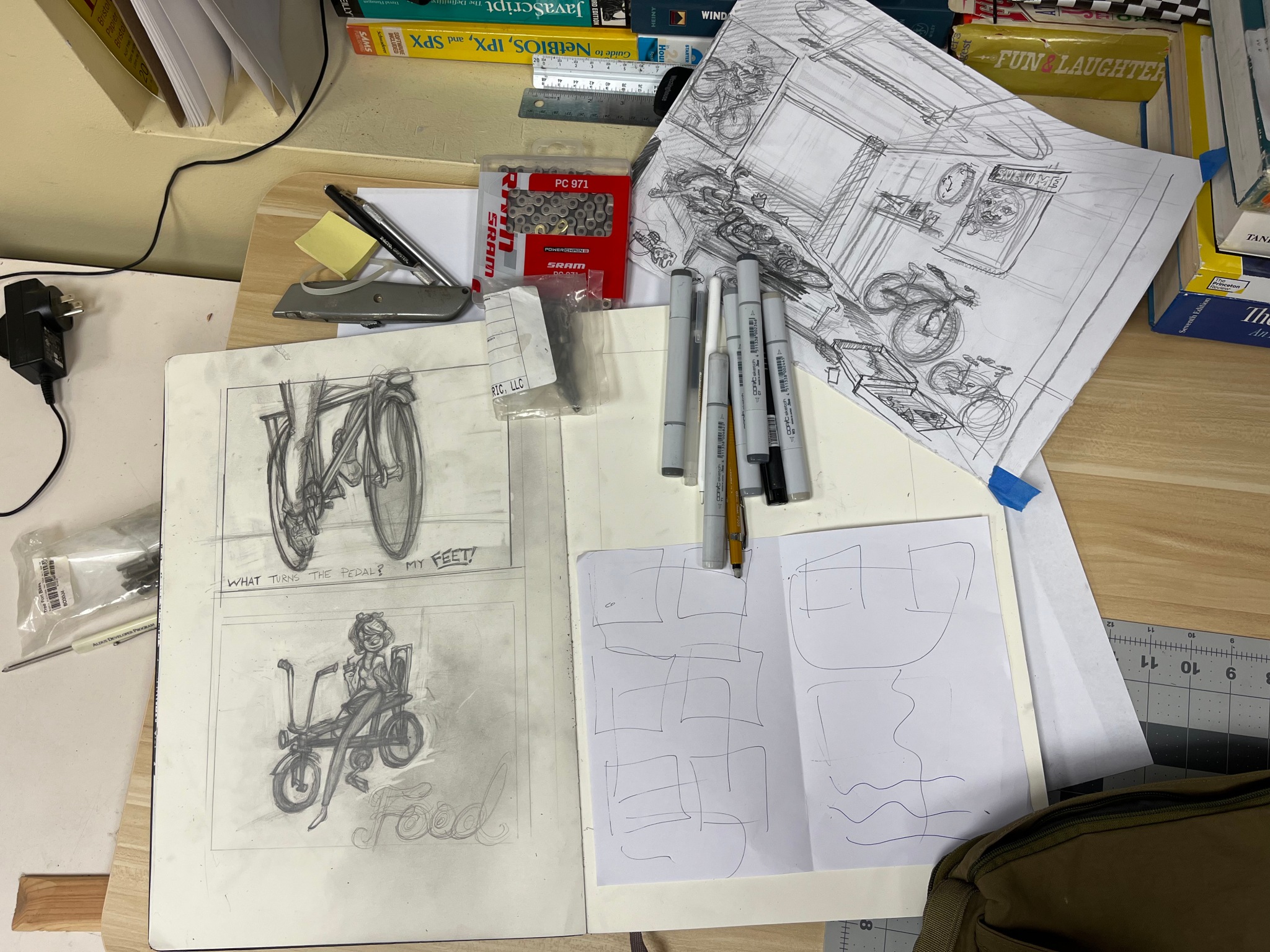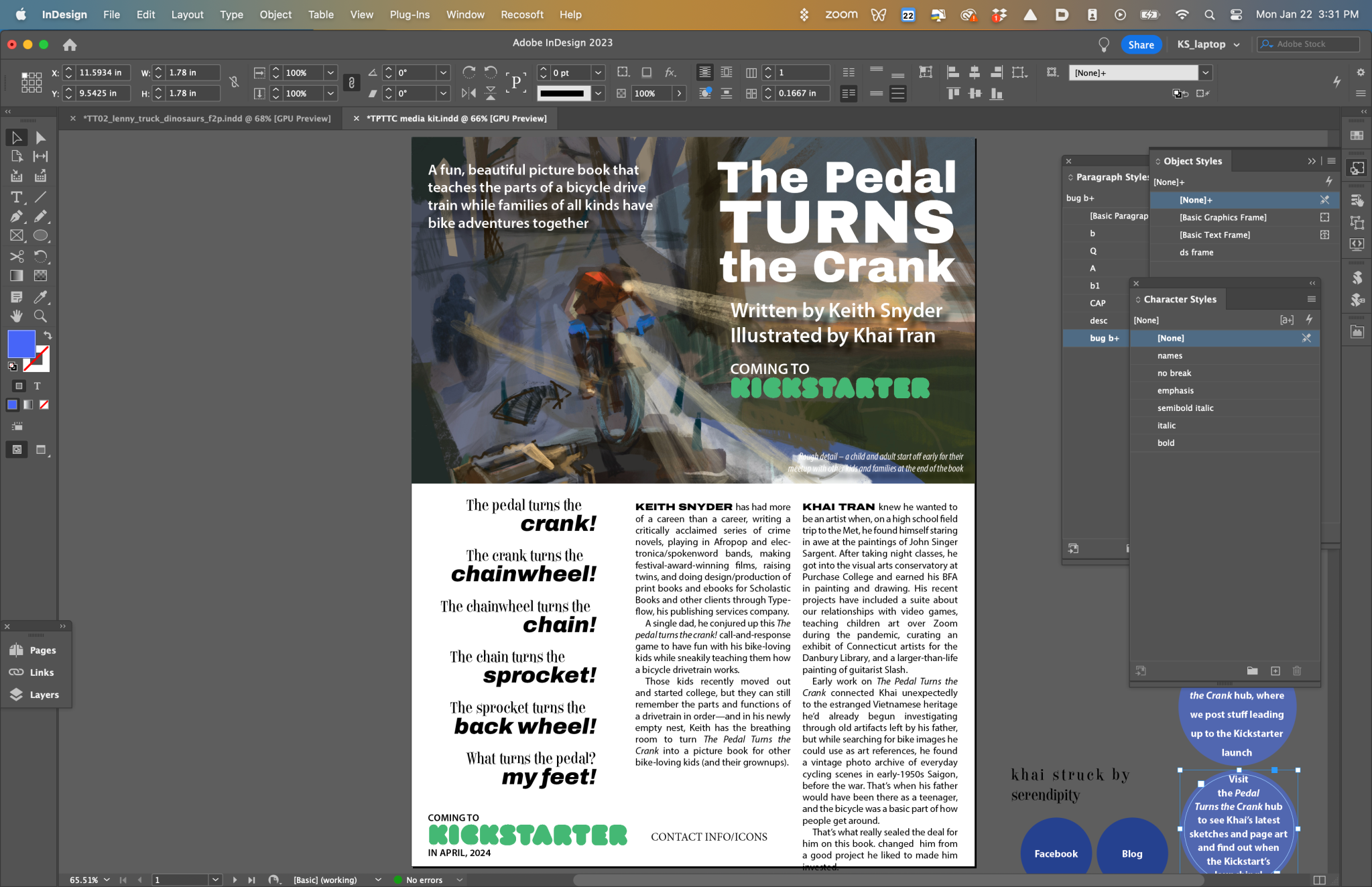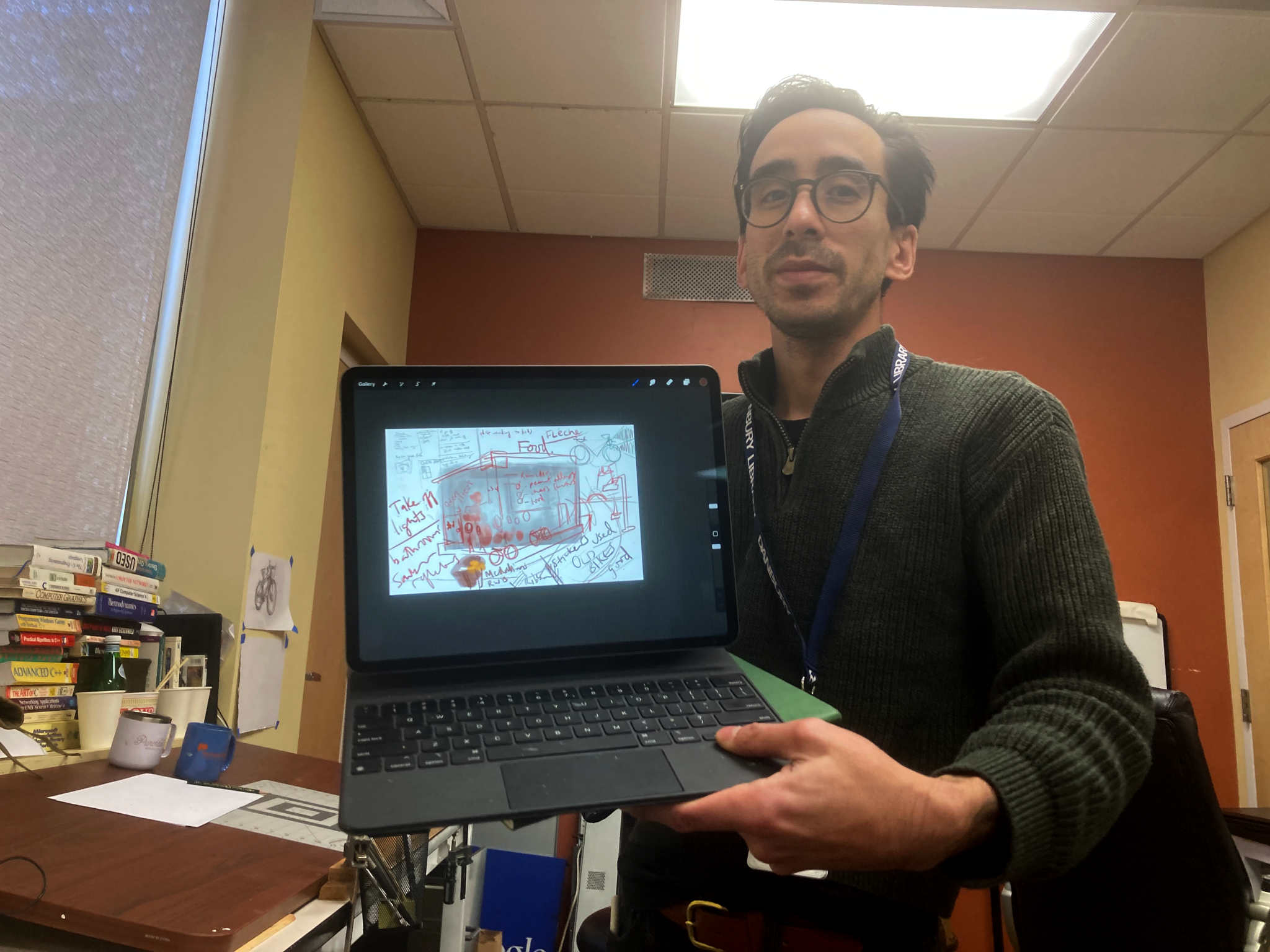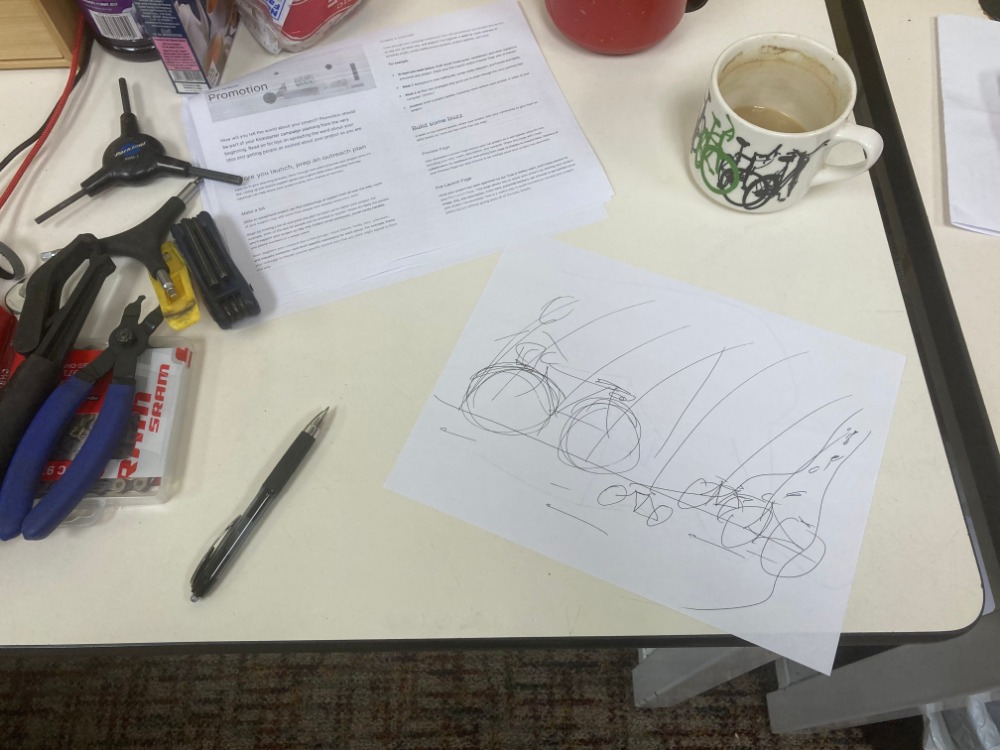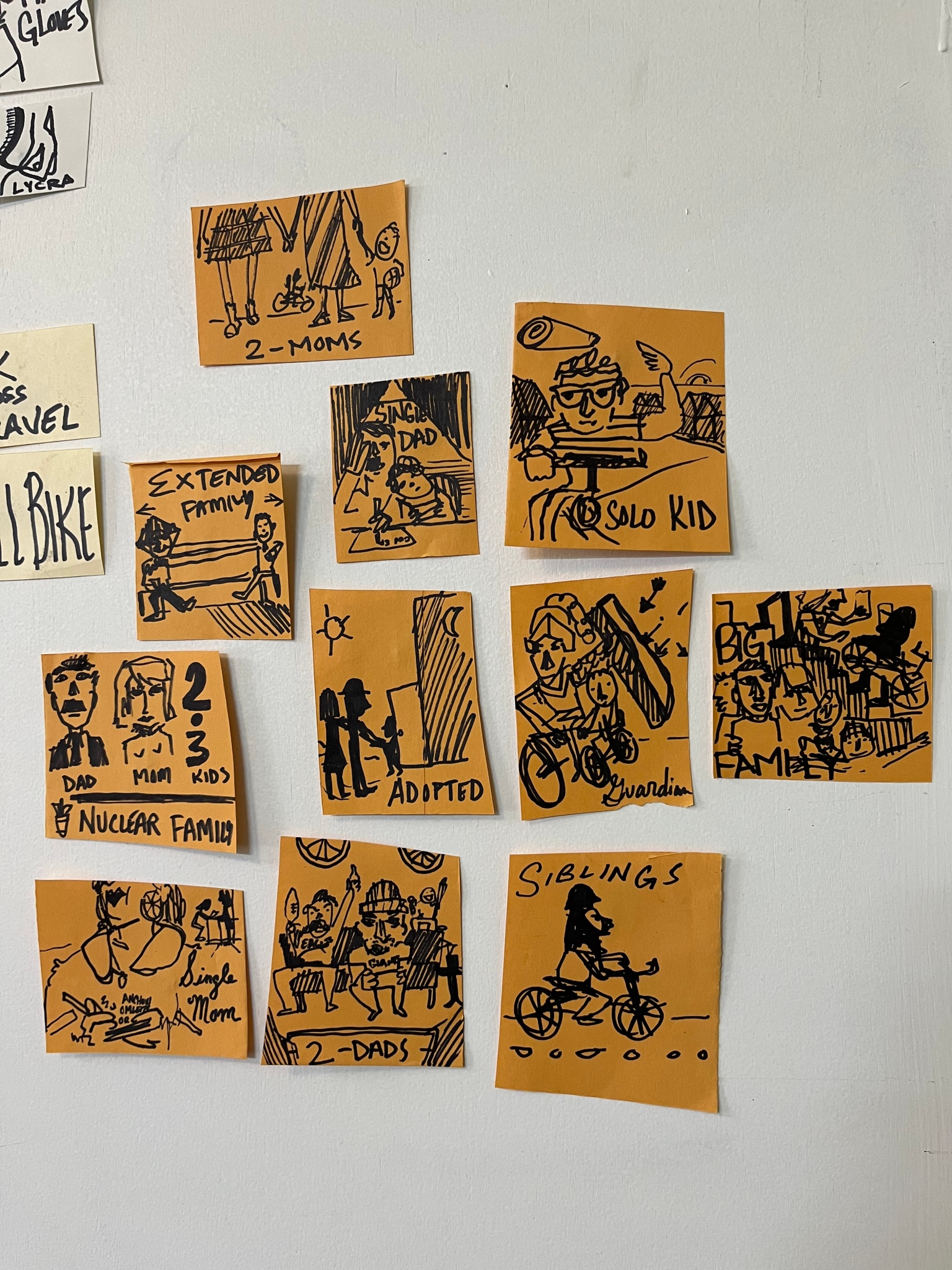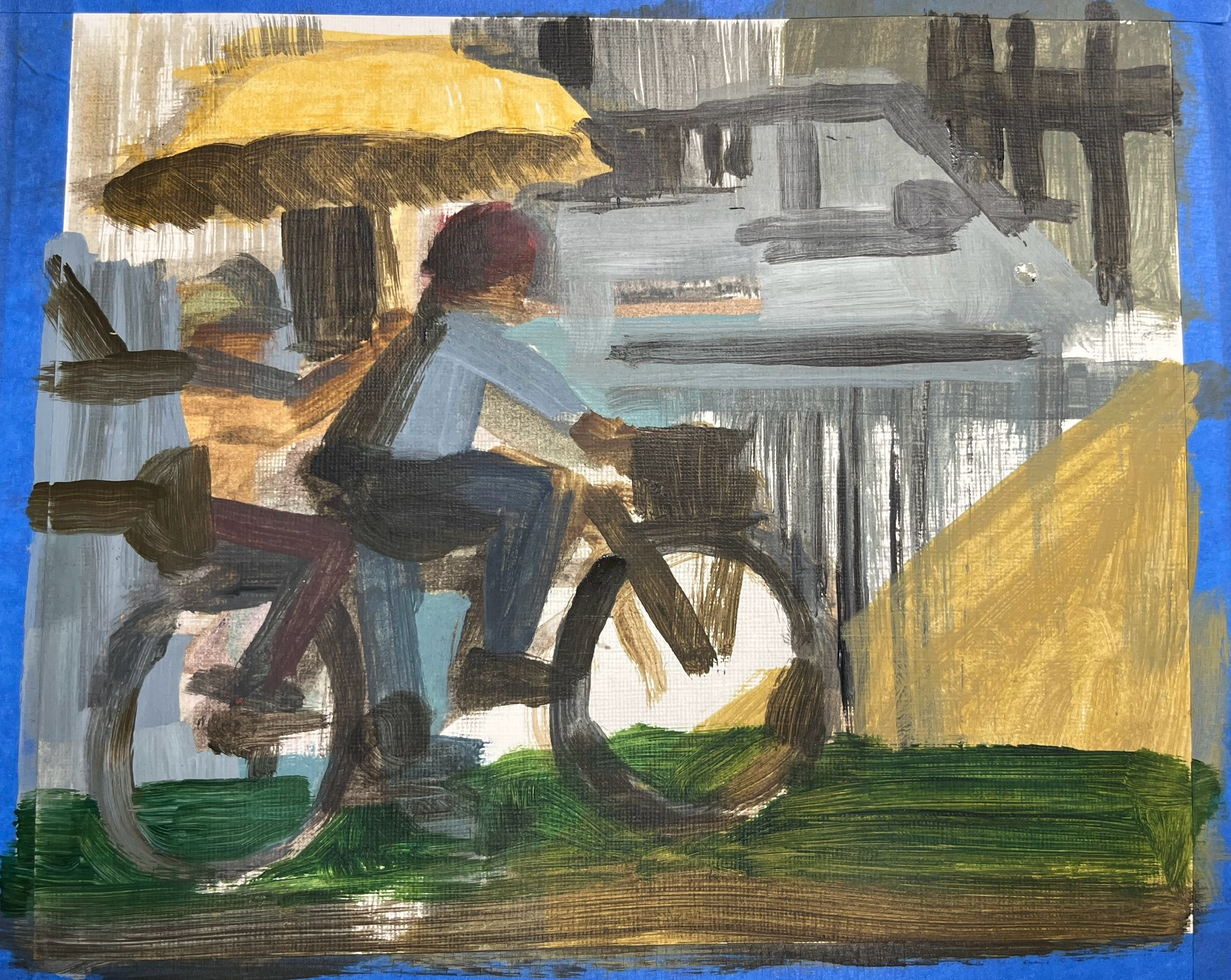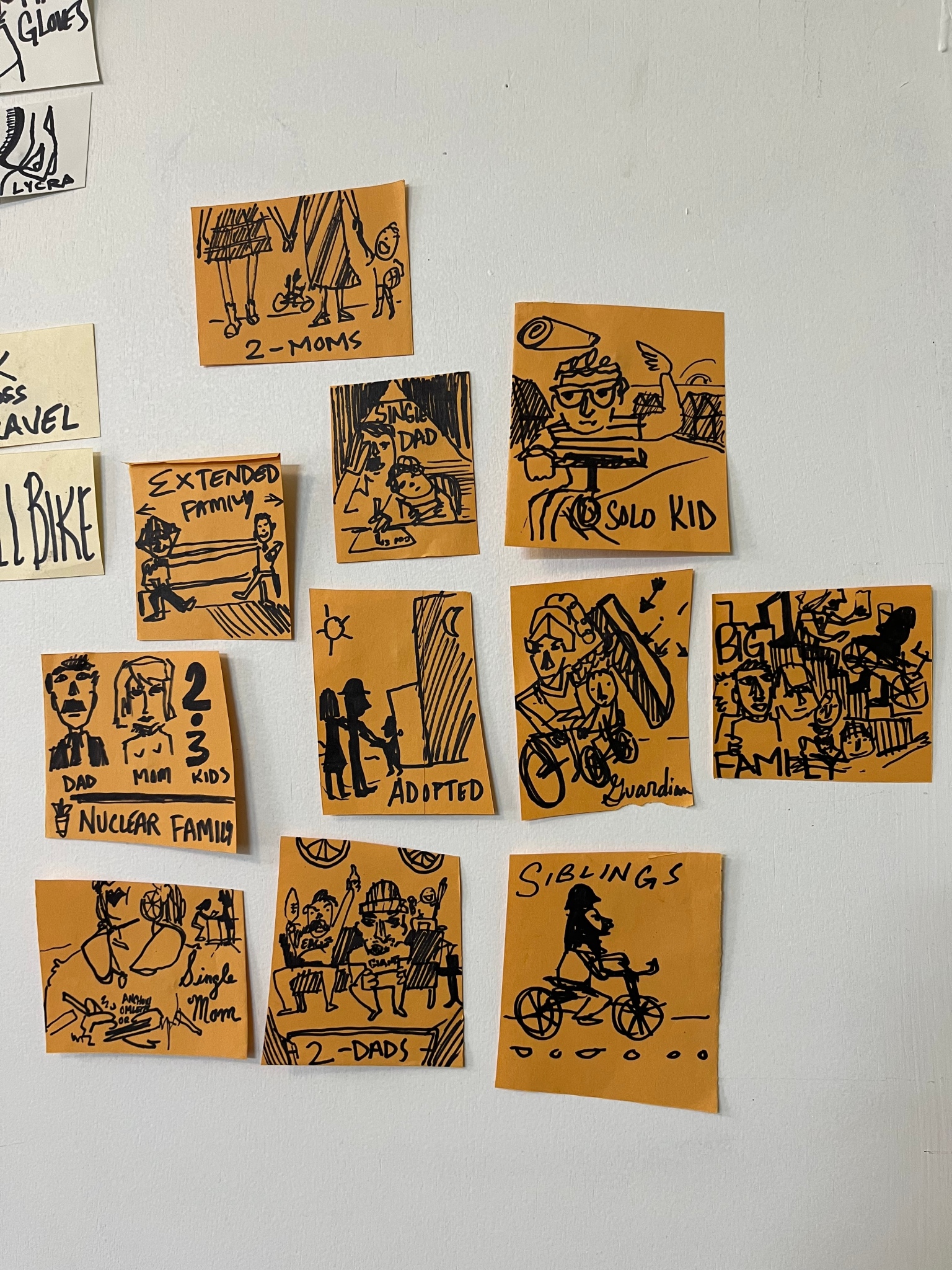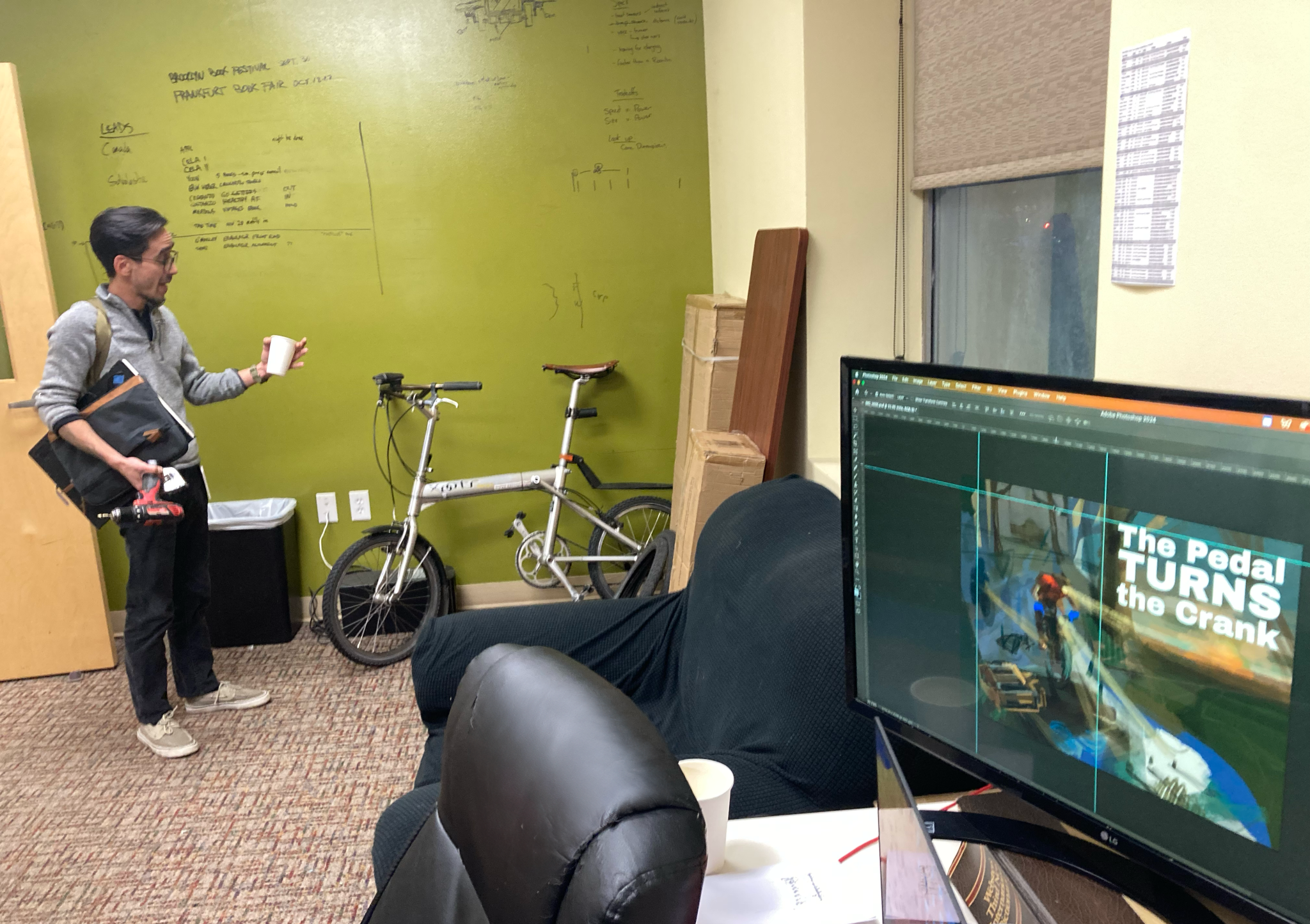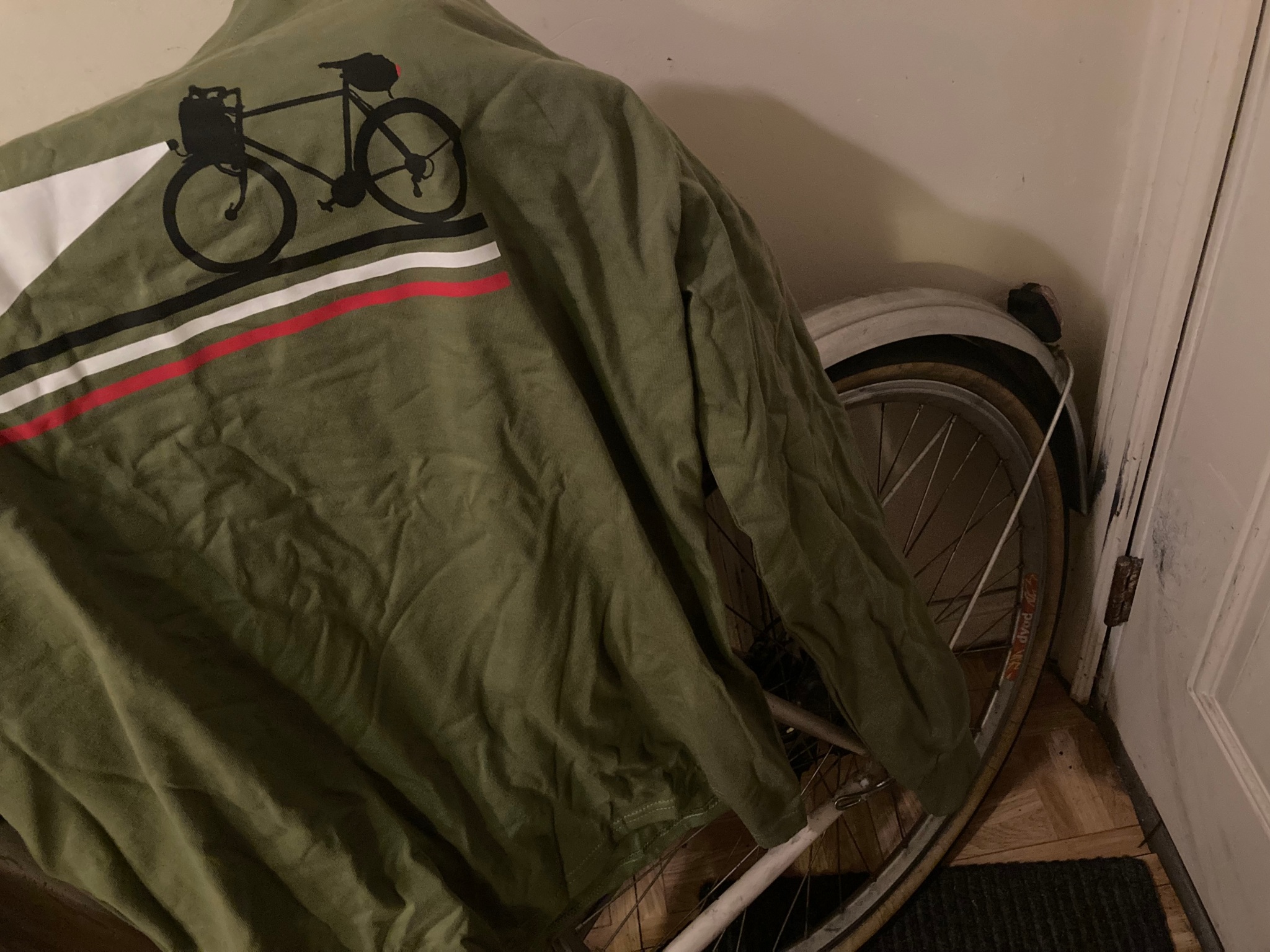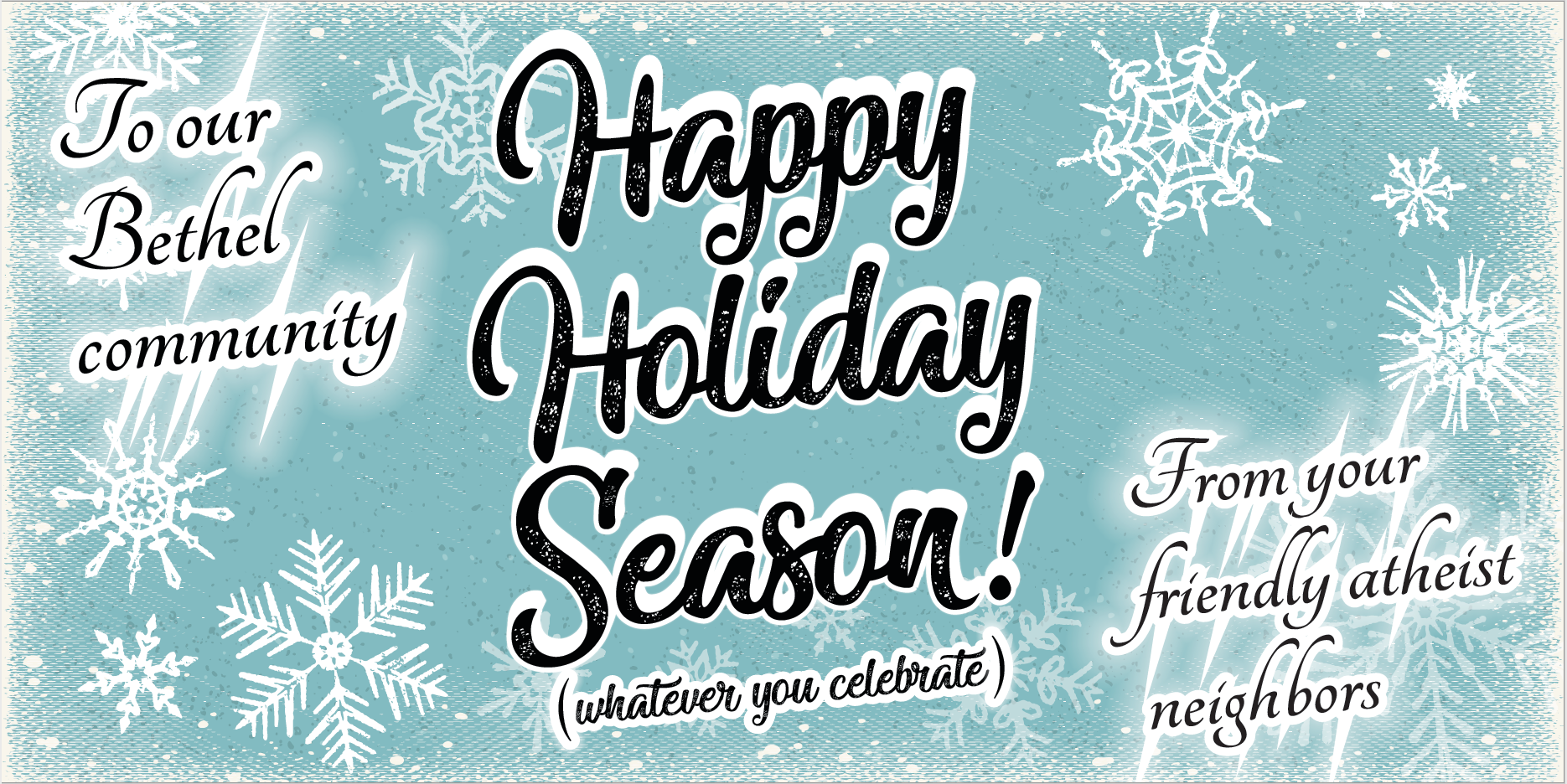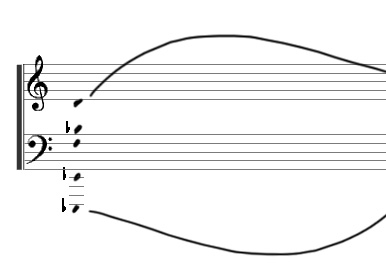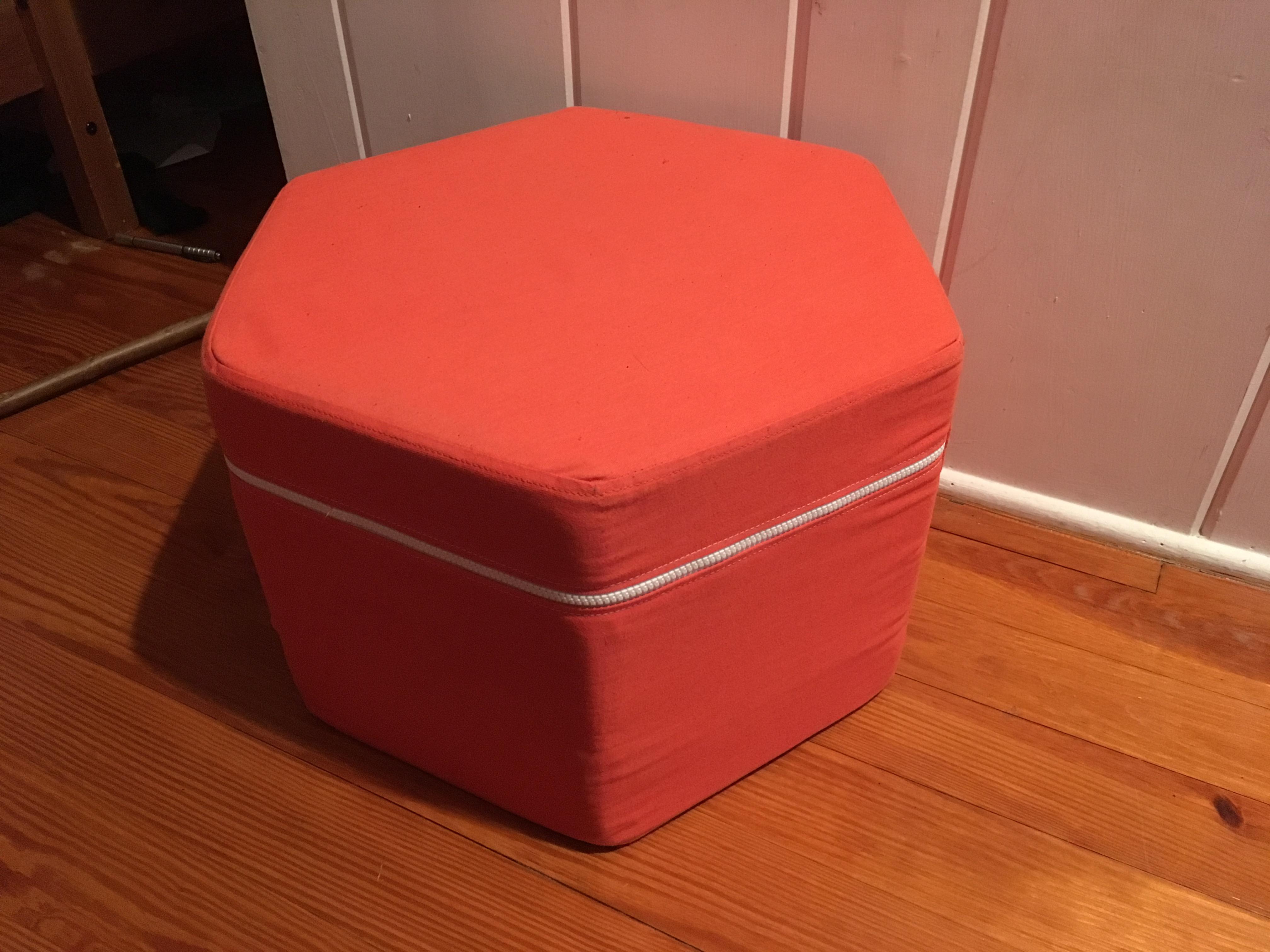A MAN ON THE PORCH was giving me the staredown. The Cornwall County Market makes great breakfast burritos with tater tots in them and I remembered (incorrectly, it turned out) that it had an ATM. The staring man was older than me by maybe five years, and presented as tough guy, beefy biker subtype, with a tuft of white goat beard, a black shirt with some design on it or other, and a baseball cap. I recall something on his head, anyway; I think it was a baseball cap. But I don’t know what the cap or the shirt said, because where I was looking, as I came up the steps onto the porch, was straight back into his eyes, So they’re the main thing in my memory.
Part of avoiding conflict is breaking eye contact — not just so the other person won’t escalate, but so I won’t. In adulthood, I’ve expended some energy unlearning this habit. So I looked back at him and went in the store.
Then just as part of my brain was asking, “What’s with that guy?” another part shot over the answer: “You’re wearing your Women’s March t-shirt.”
I was pretty scruffy myself that afternoon; I’d ridden the Batsto 200K on totally the wrong bike the day before, and I was sunburned and favoring my left knee. My own beard was an island of darker gray stubble a little longer than the lighter gray stubble on the rest of my face. Old jeans and black t-shirt. If not for what the shirt said, I could have passed for one of the staring man’s people.
But it’s those teeny differences that are the real betrayals. When your own people turn on you, that stings more than the Other doing it. I had just pulled in to get cash, but now with the ding of a magic wand, I was in enemy territory.
I realized, even at the moment, that I really wasn’t. I’ve been in enemy territory, and this wasn’t it; this was just some bigoted asshole sitting with a sandwich, marking my passage. But you never know who else is on an asshole’s side; this was rural Connecticut, not Stamford, and in an instant, I’d become aware I was a limping Jew in a Women’s March shirt.
The kid at the counter told me there was no ATM, but there was a bank over there. So I limped back out (not badly, just some stiffening up during the hour’s drive) and drove over there for some money because last year, the Tri State Mini Maker Faire — where I was headed — had a booth with Mexican food made by Mexicans. For an Angeleno in the land of Irish Catholics, this is a kind of a big deal, and I didn’t recall that they took debit cards.
I don’t feel a need to retell, here, at length, the whole story of my family being terrorized by white supremacists when I was a kid — crosses burned into the lawn, swastikas on the house, my mom crouching under the mail slot with a kitchen knife, the house broken into, me staying up at night to take shifts on guard — but chances are good you don’t see that bigoted asshole on the porch the same way I do. You might even want to teach me that I can’t possibly know he’s a bigoted asshole.
That’s Use of a Shirt #1.

My friend Kelly didn’t run the Mini Maker Faire this year, but I still wanted to support it, since it’s awesome. The blacksmith was out front again, guiding more kids in the forging of iron coathooks, and this year there was a crepe stand in the building lobby.
“I like your shirt,” said the woman spreading batter on a couple of crepe griddles with one of those crepe rakes that looks like a kid’s wooden propellor toy. “Is that from the Hartford march?”
“No, DC,” I said. “The big one, in 2016. I mean 2017. That January, after—”
I don’t remember the rest of the conversation, and I still had brevet brain, so putting together sentences good was somewhat beyond me, but No longer in enemy territory, my body reported. Thought you’d like to know. Releasing tension now.
Already knew that, my brain retorted, but the body has its own defense readiness system and doesn’t care what the brain knows.
That’s Use of a Shirt #2.

The family from Avocado Cafe was in the parking lot near the Physics Bus again with burritos, guacamole, and hot sauce corresponding to the three standard degrees of the Connecticut hot sauce scale. Reminder to Angeleno: Keep some actual hot sauce in the glove box. It was still good guacamole, though.
This is not a Use of a Shirt; it’s a plug for Avocado Cafe in Millerton. I was not paid for this endorsement.

We were driving back from dropping some kids with their mom after the Faire when we saw a twentysomething guy on the side of the road with his car doors open and a couple of big black manicured poodles lolloping around on the highway. That is to say, I glanced, barely noticed, and would have kept going because nothing seemed wrong to me, but Kelly, being a devout and diligent asker-if-people-are-all-right, slowed, so I rolled down my window and rose to her example.
The guy had black hair and black scruff, red sneakers, and the kind of kippah you wear all the time, not the kind you take out of a box at the front door of the synagogue. “I’m trying to help these dogs,” he said. He’d seen them out on the highway, where they clearly shouldn’t be, and he’d called the number on their tags, but it didn’t work.
She pulled forward and around, and we got out. “When you say it didn’t work—” I said, “Like—”
“Like there’s — like nothing.” He dialed again. “Like it — Oh — ” This time there was a connection. But it was a recorded message saying the call could not be completed.
There was also an address on the tags, but while the dogs were happy about the yogurt container he’d put down for them, there’d been no leap from dogs happy about yogurt to dogs getting into his car so he could take them home.
Kelly opened the back of her car and started talking to the dogs in a calm and friendly way, and I got the sense that where I was standing, just off the rear fender, was making the open hatchback less friendly, so I moved away, and after some more talking to them, patting the car interior, and putting the yogurt in there, she asked one of the dogs if it was OK for her to pick it up and then did so, setting it in the car, and then the other one jumped in.
While Jonathan followed us in his car to the address on the tags, about four miles away by highway, she said she could tell the dogs were used to women. For their part, the dogs just stood with their faces poking forward between us and watched the car ride until we got close to the address, and then they got excited and we got confused, because it was a closed skiing-goods store.
Within a few minutes, though, Jonathan had found a neighbor who knew the dogs and their owner, who was the owner of the store and had recently moved to a new home. I found her on Facebook and messaged her my number, and though she didn’t answer, cops and an animal control guy in a white pickup became involved, and it was clear things were fine.
During a brief lull while we waited for other people, Jonathan told me he’d been on the way to a social justice seder — and then there was the awkward moment where you say a word and don’t know if the other person knows what it means, so you’re like, Um, do you— but I smiled a little and he said “Member of the tribe?” and I said “Yeah,” and we both knew exactly what the awkwardness had been. His decision to stop had been based on a judgment: Social justice is good, but there are these two dogs right here. So he missed his seder to help them. I told him that was mitzvahs for like a month, plus now he could do something bad.
On our way to pick up Indian food from Great Barrington, Kelly told me again that she could tell those dogs were used to women, and had no use for men, something I could never have discerned. I told her I saw Jonathan look at my shirt when I got out of the car, and it might have made him more comfortable about the random strangers that chance had delivered to him on a rural highway.
That’s not Use of a Shirt #3. It’s still Use #2: Identifying Friendlies.
That morning, the shirt had been the next clean one on the stack in my dresser. Use of a Shirt #3 is it’s a shirt.

